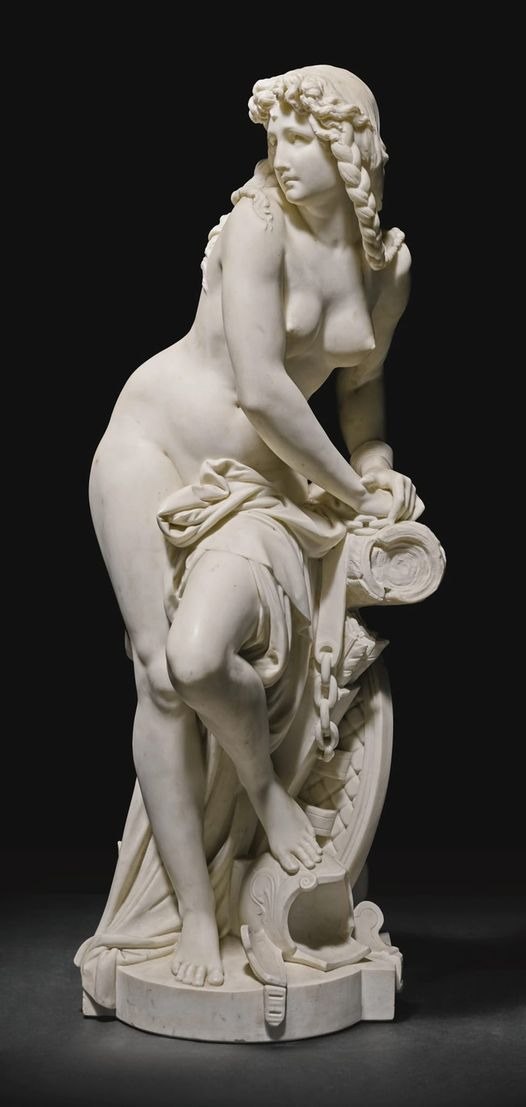Unearthed from the ashes of Santorini, a culinary artifact links us to the gastronomic habits of the Minoans, some 3600 years ago. An ancient stone cooking support, now displayed at the Museum of Prehistoric Thera in Greece, reveals the innovative spirit of a civilization that savored the art of grilling meat on skewers, foreshadowing today's beloved "souvlaki."
The featured object in the image, a Minoan cooking support, is a testament to the enduring human tradition of preparing and enjoying food. The series of holes ingeniously designed at the base of this stone structure allowed for an optimal flow of oxygen to the coals, a method that ensured the meat cooked evenly and with the desired char.

Such an advanced design for its time showcases the Minoans’ understanding of thermal dynamics and their skill in crafting tools to enhance their culinary experiences. This grilling apparatus, a precursor to the modern grill, highlights a continuity in the techniques used to cook meat with skewers—a practice that has evolved into the modern-day street kebabs known across the world as souvlaki.
The connection between the stone cooking supports and souvlaki extends beyond function to social and cultural dimensions. The practice of gathering around a communal fire to cook and share a meal is as old as civilization itself, and this Minoan innovation may well have played a role in social rituals and community bonding, much like the souvlaki stands of contemporary Greece.
Today, the remnants of these cooking supports invite visitors at the Museum of Prehistoric Thera to ponder the culinary ingenuity of the ancients. They offer a tangible connection to the daily lives of people from a distant past, providing insights into the origins of a food culture that has spanned millennia.
Through this archaeological find, we learn that the popular Greek street food has roots that run deep into the annals of history, connecting the culinary practices of the ancient Minoans with the present. It's a delicious reminder that some of the simplest joys in life have been shared across the ages—uniting people through the universal language of food.






